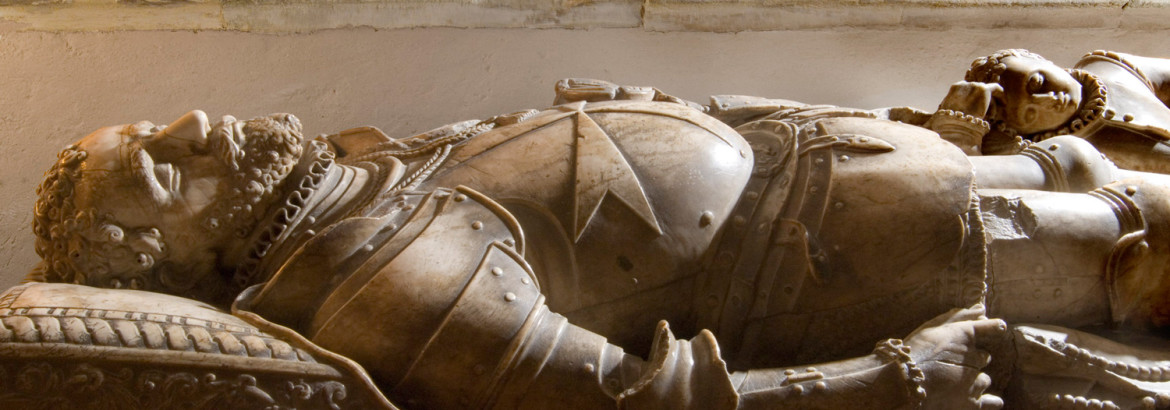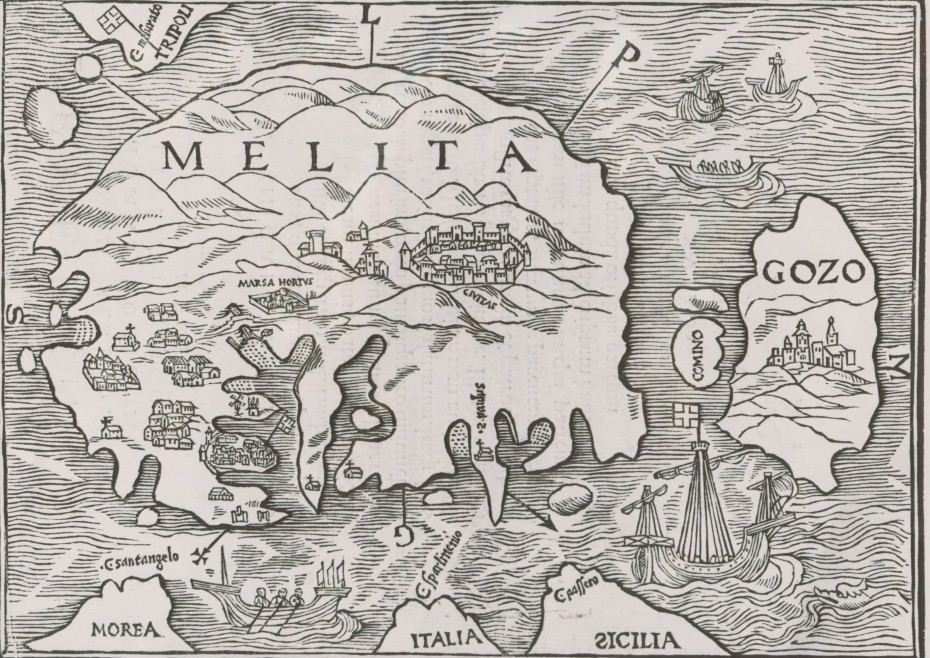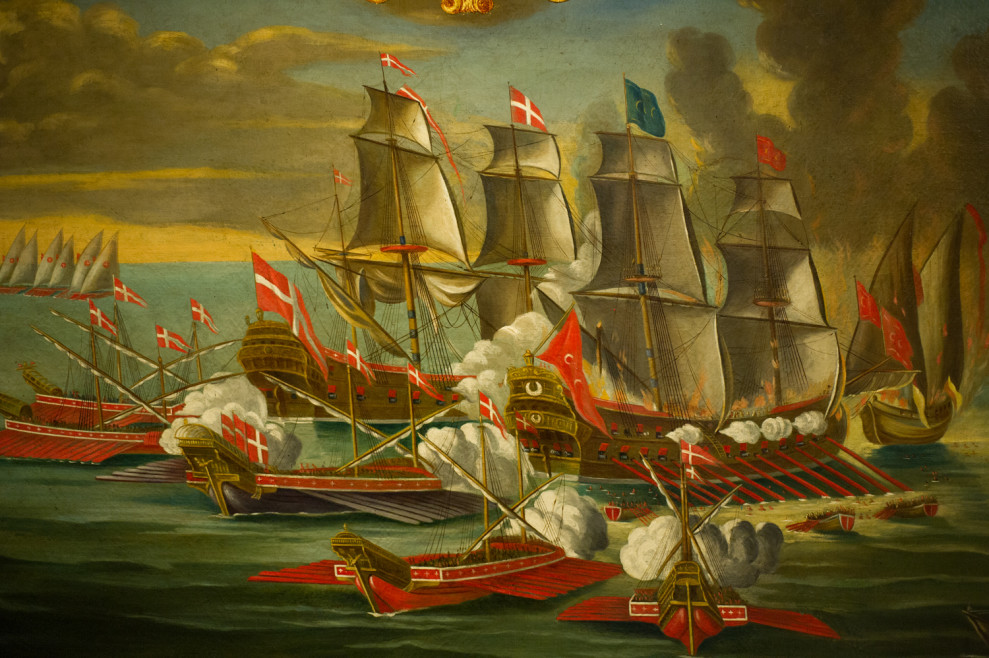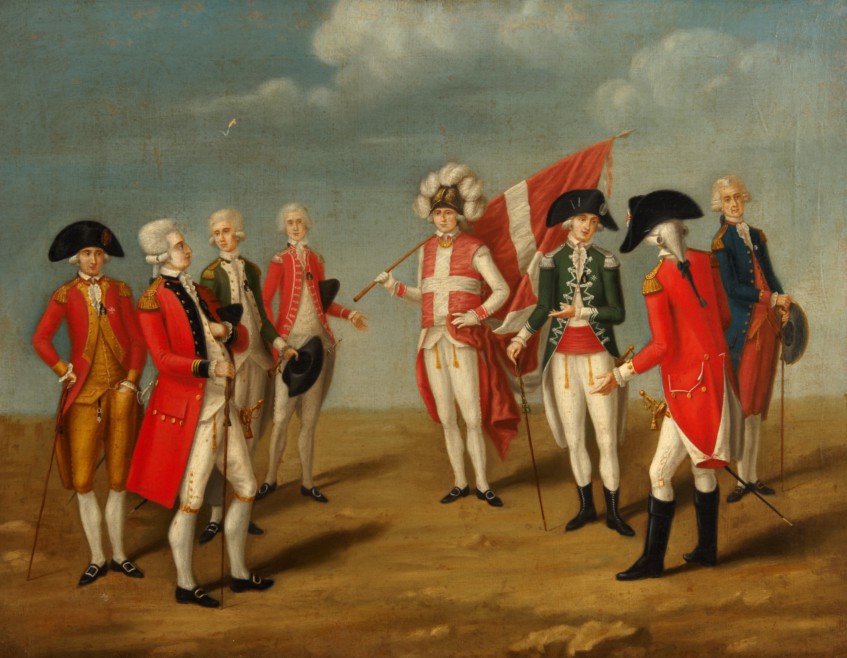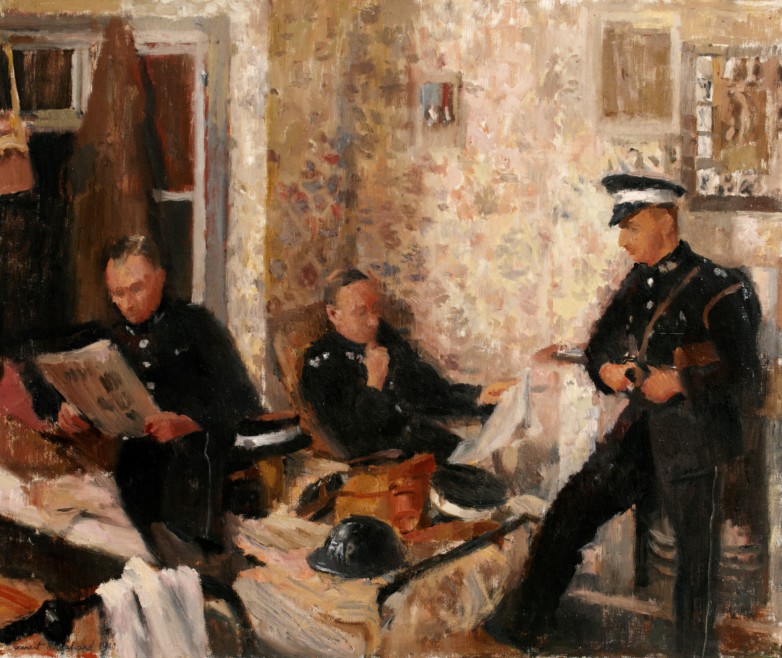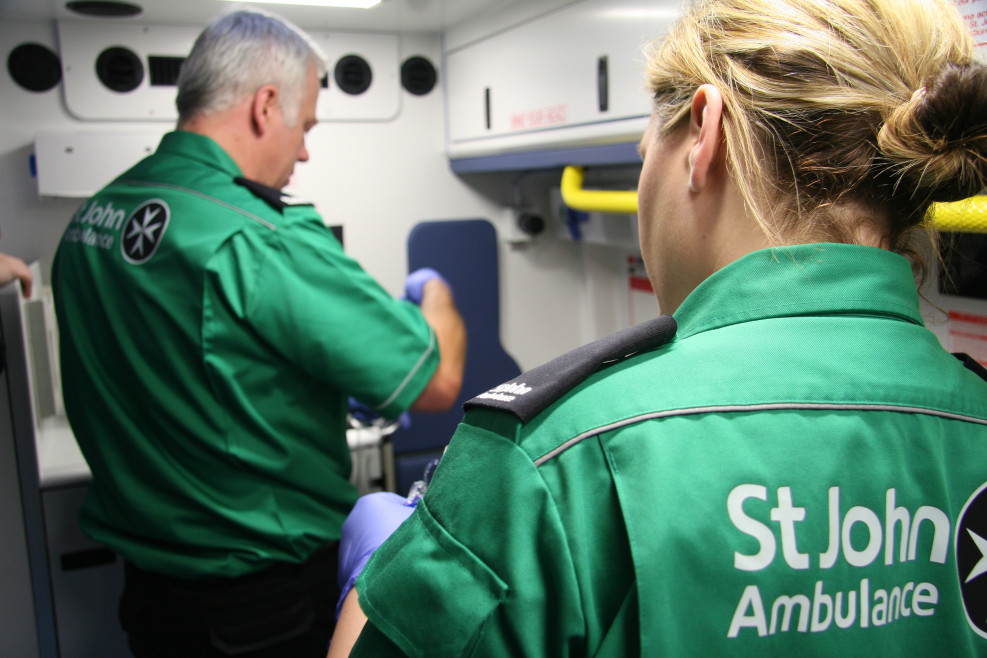
By 1080, a hospital had been established in Jerusalem by a group of monks under the guidance of Brother Gerard. Its purpose was to care for the many pilgrims who had become ill on their travels to the Holy Land. The men and women who worked there were members of a new religious order, officially recognised by the Church in 1113. Known as the Hospitallers, they cared for anyone, without distinction of race or faith. After the Crusaders captured Jerusalem, the Hospitallers also took on a military role. They became known as the Knights of the Order of St John of Jerusalem.
When Palestine was recaptured by Muslim forces in 1291, the Order moved briefly to Cyprus and then, in 1309, to Rhodes. The Order remained on Rhodes until 1522, when the Turkish Sultan, Suleiman the Magnificent, conquered the island.
From Rhodes, the Order moved to Malta. After a famous siege by Suleiman in 1565, which the Knights and the Maltese people survived, a new capital city, Valletta, was built. The Order’s ships patrolled the Mediterranean and remained on Malta until 1798, when the island was surrendered to Napoleon. The original Roman Catholic Order still has headquarters in Rome; its full title is the Sovereign Military Hospitaller Order of St John of Jerusalem, of Rhodes and of Malta. It remains a sovereign entity in international law and is engaged in international charity work.

The Clerkenwell Priory
In the 1140s the Priory in Clerkenwell was set up as the English headquarters of the Order. When King Henry VIII split from the Catholic Church and established a new Anglican Church, the Order in England was dissolved and all its lands and wealth were seized by the Crown. The Order was restored briefly by Henry’s Catholic daughter, Queen Mary, who granted it a Royal Charter. However, on the accession of her Protestant sister, Queen Elizabeth I, the Order in England was dissolved for good.
The buildings in Clerkenwell were put to different uses in the years that followed. During the sixteenth century, they were used as the offices of the Master of the Revels. Thirty of Shakespeare’s plays were licensed here.
In the eighteenth century, the Gate was briefly used as a coffee house, run by Richard Hogarth, father of the artist William Hogarth. Dr. Samuel Johnson was given his first job in London at St John’s Gate, writing reports for The Gentleman’s Magazine. At the end of the eighteenth century, the Gate was used as a pub, The Old Jerusalem Tavern, where artists and writers, including Charles Dickens, used to meet.
The modern Order of St John in England was granted a Royal Charter by Queen Victoria in 1888. Humanitarian in its aims and purpose, the modern Order recognised the need for public First Aid and ambulance transport services, as no such system existed in newly industrialised England. In addition, the Order established an eye hospital in Jerusalem, following the principles of the Order’s first hospital, treating all those in need, regardless of faith or wealth. The Order’s full title is The Most Venerable Order of the Hospital of St John of Jerusalem. Its principal charitable foundations today are the St John Eye Hospital in Jerusalem, and St John Ambulance.

About the Museum
The Museum at St John’s Gate has been welcoming visitors for over a hundred years. The extensive collections include paintings and illuminated manuscripts, rare armour, a bronze cannon given by Henry VIII, ancient coins, decorative furniture, ceramics, silverware and textiles.
Across St John’s Square from the Gate is the Priory Church, with its twelfth century Crypt. The Church and Crypt are open to visitors by appointment (click here for details). The Church’s Priory Gallery features an exhibition on life in the medieval priory and Clerkenwell through the ages. The Church Cloister Garden provides a tranquil space for members of the public to enjoy, and its range of herbs gives an idea of the medicinal gardens that would have been cultivated by the Knights Hospitaller during Medieval times.
In September 2009, the Museum of the Order of St John closed to the public to begin a £3.6 million Heritage Lottery Funded redevelopment. Fourteen months later, it reopened with new galleries and visitor facilities, including a dedicated learning space which allows for the provision of various workshops and events for community groups and schools. The re-design has also revealed more of our wonderful Tudor building. Through the use of audio-visual displays everyone will now be able to learn about and enjoy the heritage of the Order of St John.


